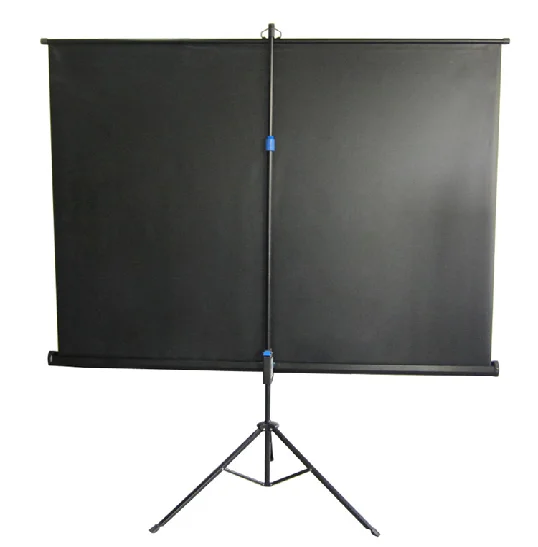
#Projector screen stand lowes full
It’s one of the best overall choices, for good reason-the Elite Screens 135-Inch ezFrame has a huge screen and a 16:9 widescreen ratio for that full move experience.

(Most of the screens we found had claimed a 1.1 gain, but these numbers are often embellished by the manufacturer, hence the testing.) A variety of content was viewed on each screen to look for sparkles, hot spots, texture, or other issues. Using a spectrometer and a colorimeter I measured the images off the lens, then off the screen, to see how much of a color shift each screen introduced, and to calculate the gain. I used an Epson 5020UBe projector combined with a Lumagen Radiance 2021 video processor to make the projected image as close to reference accurate as possible. To test the contenders, every screen was built and tested in my home theater room. Some projector screens require a frame assembly, but others can be attached to the ceiling and quickly lowered for use.

Once you’re ready to watch, setup should be as easy as possible.

Viewing Angle: If you want a large audience to enjoy your projector screen, you’ll need one with a wide viewing angle (perhaps around 160 to 180 degrees).Some high-end projectors boast higher gain (maybe 1.5) while maintaining correct colors, but this higher gain can lessen the screen’s viewing angle (see below). For most purposes, a gain of about 1.1 is optimal, as this maintains dark blacks while providing a bright image. Brightness: A projector screen’s ability to reflect light is measured in gain.


 0 kommentar(er)
0 kommentar(er)
